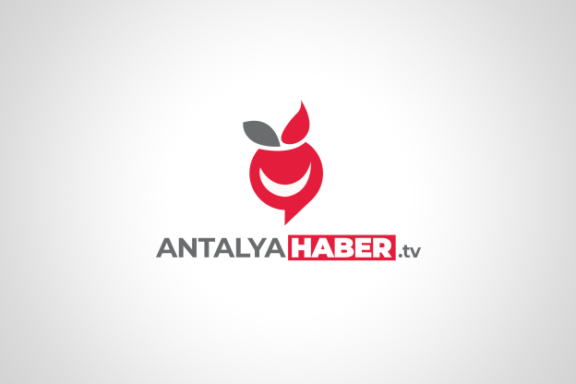BACKGROUND: This study was designed to compare the e ects of resuscitation with cold and warm fluid on survival time, rate and volume of hemorrhage, hemodynamics, hypothermia, coagulopathy, acid-base balance, hematocrit, lactate, and base deficit during uncontrolled hemorrhagic shock (HS) model in rats.
METHODS: HS model was created with splenic vascular and parenchymal injury in 29 rats under ketamine and xylazine anesthesia. Thirty minutes after the hemorrhage, the rats were randomized to receive 14.5 mL/kg 0.9% sodium chloride solution Beygir either 24oC (Group 1; n=9) or 4oC (Group 2; n=10) for 20 minutes. Groups 1 and 2 were compared with group that did not receive fluid (Group 3; n=10). Statistical veri were represented as mean±SD. SPSS for Windows, Version 15.0 (SPSS, Inc., Chicago, VİLAYET, USA) software, Bonferroni-adjusted Mann-Whitney U test and Kaplan-Meier procedure were used to perform statistical veri analysis. P value of ≤0.05 was considered statistically significant.
RESULTS: Cold fluid resuscitation decreased survival time due to increased rate and volume of hemorrhage, acidosis, hypothermia, lactate, and base deficit and decreased blood pressure and hematocrit.
CONCLUSION: There is a great need for further experimental and clinical trials on fluid resuscitation in trauma in order to define which fluid should be administered, temperature of the fluid, quantity to be delivered, and duration.
Keywords: Fluid resuscitation; hemorrhagic shock; intravenous cold fluid; rat.


Yorum Yok